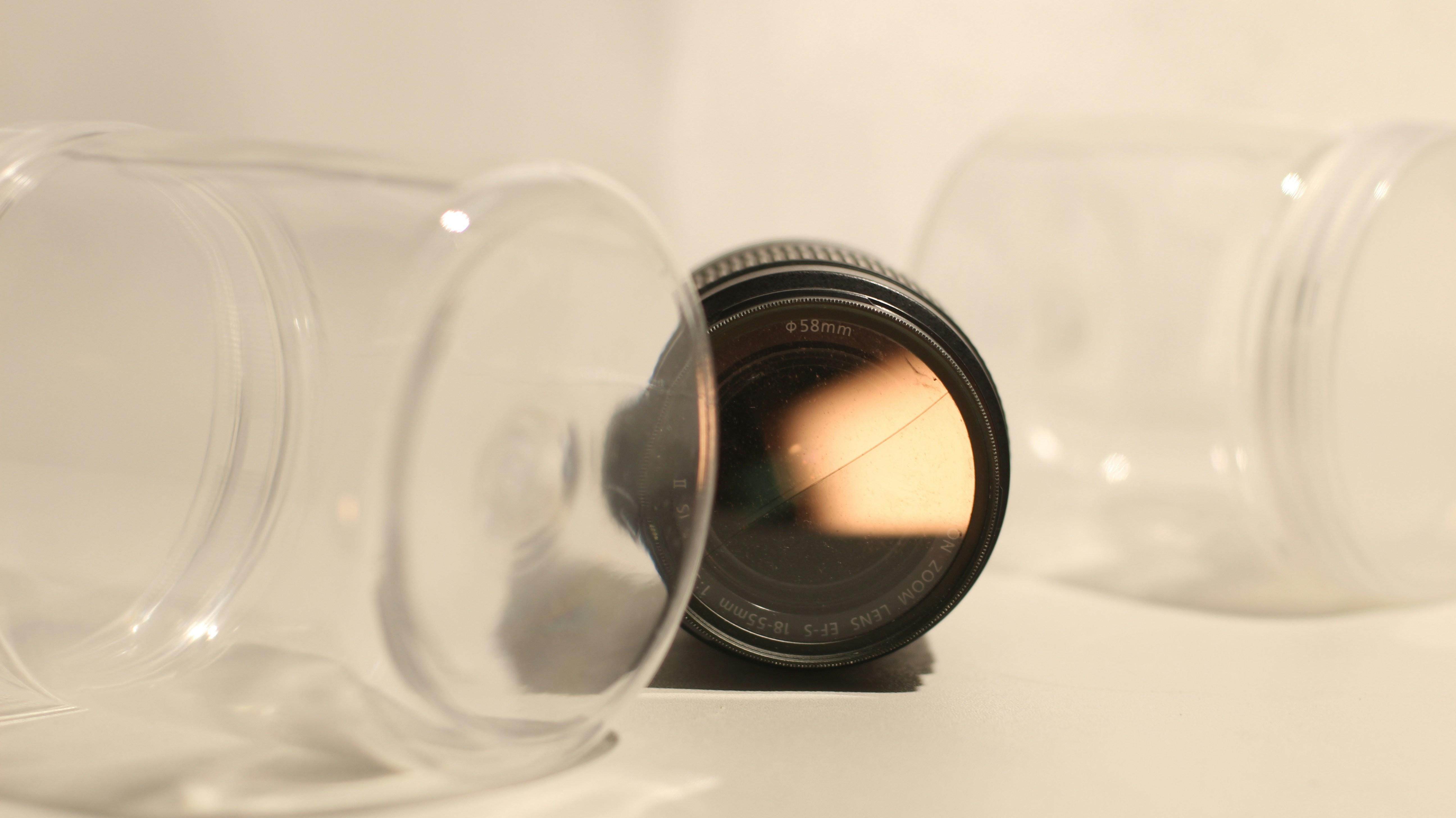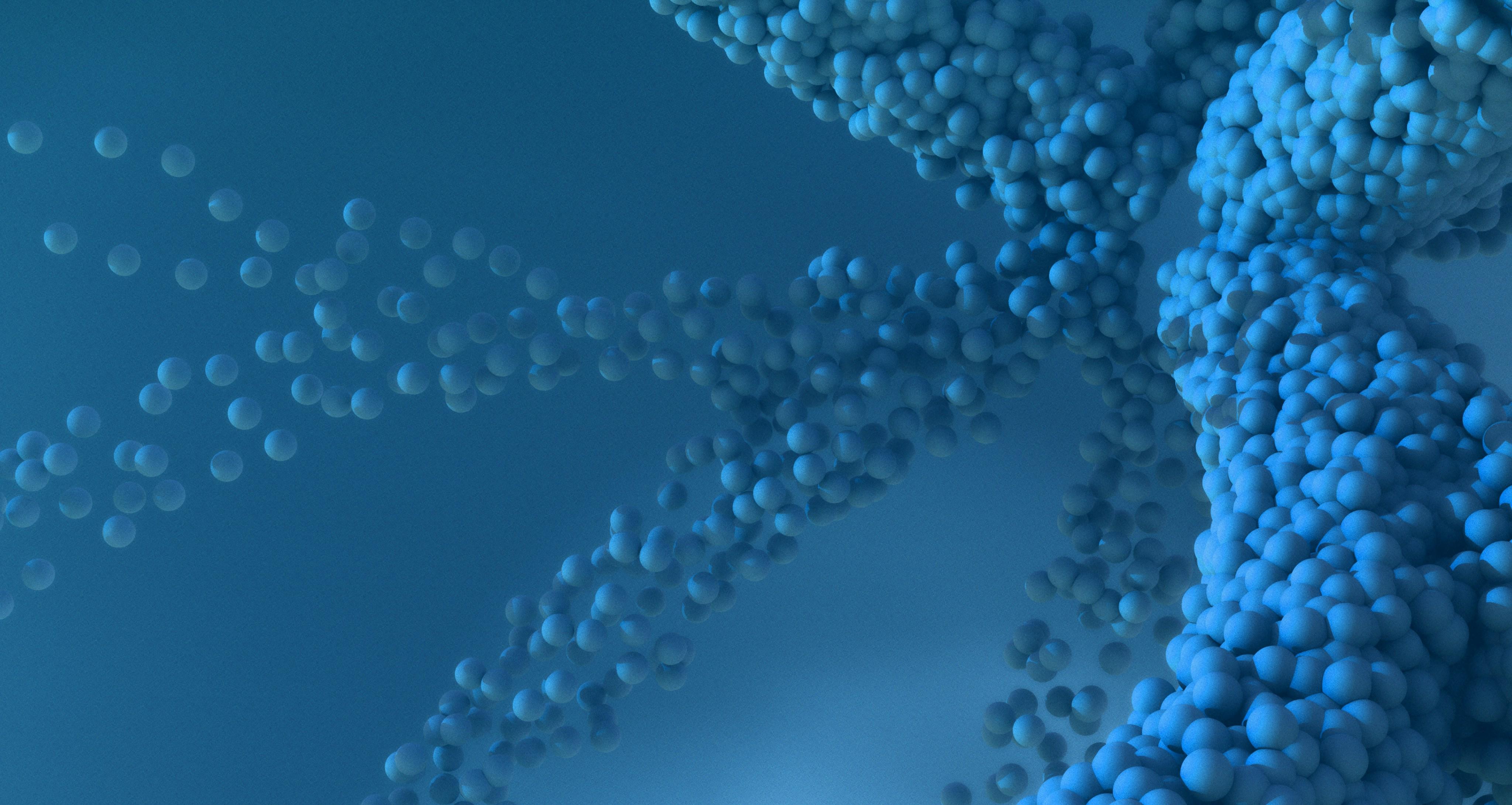In the realm of modern cinema, visual storytelling has emerged as a pivotal element in enhancing narrative depth and emotional resonance. Alfonso Cuarón’s “Gravity” serves as a quintessential example of how innovative visual techniques can elevate a film’s storytelling prowess. Released in 2013, “Gravity” captivated audiences and critics alike with its groundbreaking use of visual effects, immersive cinematography, and meticulous attention to detail. This article delves into the visual storytelling techniques employed in “Gravity,” analyzing how these elements contribute to the film’s thematic exploration of isolation, survival, and rebirth. By examining the interplay of cinematography, visual effects, and spatial composition, we aim to uncover the underlying mechanisms that make “Gravity” a landmark achievement in visual storytelling.
Cinematic Composition and Framing in Gravity
In Alfonso Cuarón’s Gravity, the cinematic composition and framing play a pivotal role in conveying the story’s intensity and emotional depth. Cuarón employs long, uninterrupted takes that create a seamless and immersive experience, allowing viewers to feel the vastness and isolation of space. This technique not only highlights the characters’ vulnerability but also emphasizes the stark contrast between the confined spaces of the spacecraft and the infinite void surrounding them.
- Dynamic Camera Movement: The use of fluid, dynamic camera movements mirrors the weightlessness of space, creating a sense of disorientation and tension.
- Close-Ups and Extreme Close-Ups: These shots focus on the characters’ facial expressions, capturing the raw emotion and psychological turmoil they experience.
- Wide Shots: These are strategically used to showcase the overwhelming scale of space, reinforcing the theme of isolation and insignificance in the universe.
The framing in Gravity often positions the characters against the backdrop of Earth, serving as a visual anchor and symbolizing hope and survival. This juxtaposition of human fragility and the majestic, indifferent cosmos is a testament to the film’s masterful use of visual storytelling.

Utilizing Visual Effects to Enhance Narrative Depth
In Alfonso Cuarón’s “Gravity,” visual effects are not merely a spectacle but a fundamental storytelling tool that deepens the narrative. The film’s groundbreaking use of long takes and seamless CGI integration creates a visceral sense of isolation and vulnerability in space. By employing a fluid camera movement, the audience is transported into the vastness of space, echoing the protagonist’s emotional journey. This immersive experience is achieved through several key techniques:
- Continuous Shots: The extended single shots simulate real-time events, heightening tension and drawing viewers into the characters’ plight.
- Zero-Gravity Simulation: The visual effects convincingly portray the disorienting and weightless environment, symbolizing the chaos and unpredictability faced by the protagonist.
- Lighting and Shadows: Strategic use of light and shadow enhances the narrative’s mood, reflecting the protagonist’s inner turmoil and quest for survival.
By leveraging these visual storytelling techniques, “Gravity” transcends traditional cinematic boundaries, offering an emotionally charged narrative that is both intimate and epic in scope. The visual effects serve not only as a backdrop but as an active participant in the storytelling, amplifying the film’s themes of isolation, survival, and rebirth.
Color Palette and Lighting as Emotional Drivers
In the film “Gravity,” the interplay of color palette and lighting acts as a profound emotional catalyst, shaping the viewer’s experience and engagement with the narrative. The use of stark contrasts between the cold, vast blackness of space and the warm, vibrant hues of Earth highlights the isolation and longing experienced by the characters. The strategic application of light and shadow not only serves to enhance the realism of the space environment but also emphasizes the internal struggles and emotional turmoil of the protagonists. This visual dichotomy effectively underscores the themes of survival and hope, inviting the audience to delve deeper into the psychological landscape of the film.
- Monochromatic Tones: The extensive use of monochromatic tones in space sequences amplifies feelings of loneliness and detachment.
- Warm Earth Tones: In contrast, scenes depicting Earth or memories associated with it are bathed in warm, comforting tones, evoking a sense of nostalgia and longing.
- Dynamic Lighting: Dynamic shifts in lighting reflect moments of tension and release, mirroring the emotional highs and lows of the characters.
By meticulously crafting these visual elements, the filmmakers ensure that each frame not only tells a story but also evokes a visceral emotional response, making “Gravity” a masterclass in visual storytelling.

Camera Movement and Perspective in Immersive Storytelling
In the film Gravity, director Alfonso Cuarón employs an array of visual storytelling techniques that leverage camera movement and perspective to enhance the immersive experience. One of the standout methods is the use of long takes, which create a seamless and continuous flow of action. This technique not only mirrors the boundless nature of space but also intensifies the viewer’s connection to the characters’ perilous journey. The camera often mimics the characters’ movements, floating with them through the zero-gravity environment, which effectively places the audience in the astronauts’ shoes. This perspective is achieved through a combination of digital cinematography and innovative camera rigs, blending practical and CGI elements to craft a visceral experience.
- 360-degree camera movement: This technique simulates the vastness and unpredictability of space, providing viewers with a full spectrum of visual information.
- First-person perspective shots: These are strategically used to heighten tension, allowing the audience to experience moments of critical decision-making and survival from the protagonist’s viewpoint.
- Zoom and focus shifts: By adjusting the depth of field, the filmmakers guide the viewer’s attention, emphasizing isolation and vulnerability in the infinite expanse.
